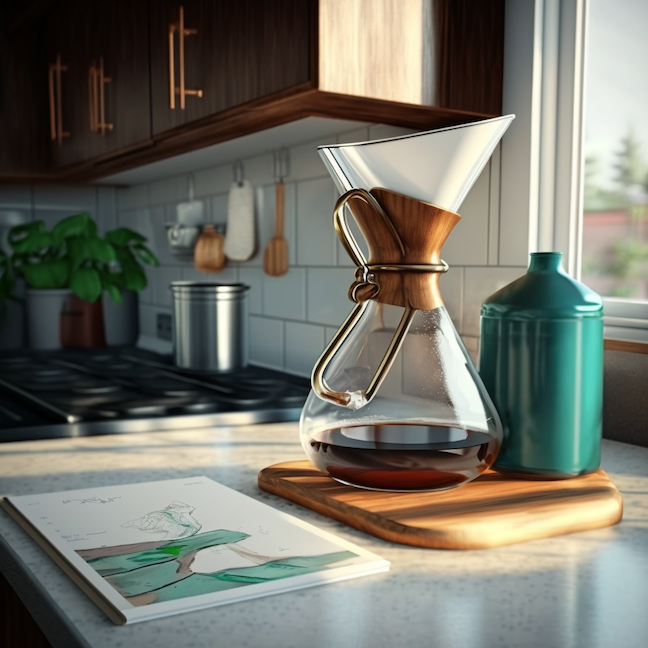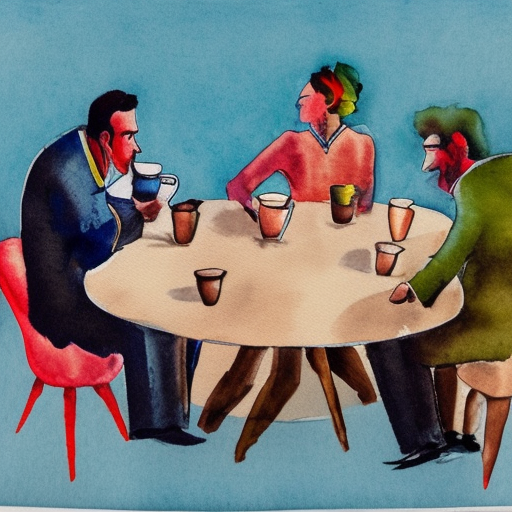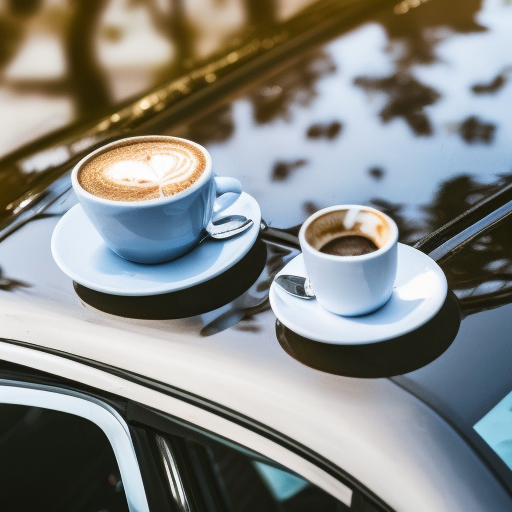Brewing the perfect cup of pour over coffee requires time, patience, and practice. But with the right tools and some helpful tips, you can make a delicious cup of coffee in no time. Let’s explore some key tips to making the perfect pour over coffee.
Preparing Your Coffee Grounds
The first step in preparing your pour-over coffee is to grind your beans. The coarseness of the grind should depend on your preference; if you want a stronger cup of coffee, opt for a finer grind. If you want something lighter and less intense, go for a more coarse grind. Be sure to measure out the appropriate amount of grounds before grinding them up—typically two tablespoons per 6 ounces (or 180 mL) of hot water.
Pouring Process
Once your grounds are ready, it’s time to start pouring. Start by adding just enough water to wet all of the grounds evenly before letting it sit for 30 seconds; this allows them to “bloom” or release any trapped gases that will give your final product greater flavor and aroma. After blooming, begin slowly pouring in circles over the grounds until you reach 6 ounces (or 180 mL). Make sure not to pour too quickly or too hard; this could cause overflow and create an uneven extraction process. Letting the mixture steep for 4 minutes should be enough time to extract all the desired flavors from your grounds.
Adding Finishing Touches
After steeping is complete, use a spoon or paddle to break up any clumps that may have formed while brewing. This ensures that all the flavor has been extracted from every single ground particle in your cup and that there won’t be any “overflowing” particles when you drink it. Finally, add cream and sugar (if desired) before pouring into a mug or thermos for consumption.
Making delicious pour-over coffee doesn’t have to be complicated. With these tips—and maybe a little practice—you’ll be able to brew yourself a great cup every single time. Start by grinding your beans properly—finer for strength, coarser for lightness—and then measure out two tablespoons per 6 ounces (or 180 mL) of hot water before beginning your slow circular pouring process around the grounds until they are fully saturated with liquid. Allow it to steep for 4 minutes while breaking up any clumps with a spoon or paddle before adding cream and sugar if desired before serving. With these steps in mind, you’ll have mastered the art of making great pour-over coffee in no time.
While there are many different pour over options are available. The Chemex is of course the most recognizable… and it a bit of ‘art’ for the kitchen. Though, it can be a challenge to clean if grounds get baked in a bit with its small neck. Please note that if you purchase from clicking on the link, I will get a tiny bit of that sale to help keep this site going.





